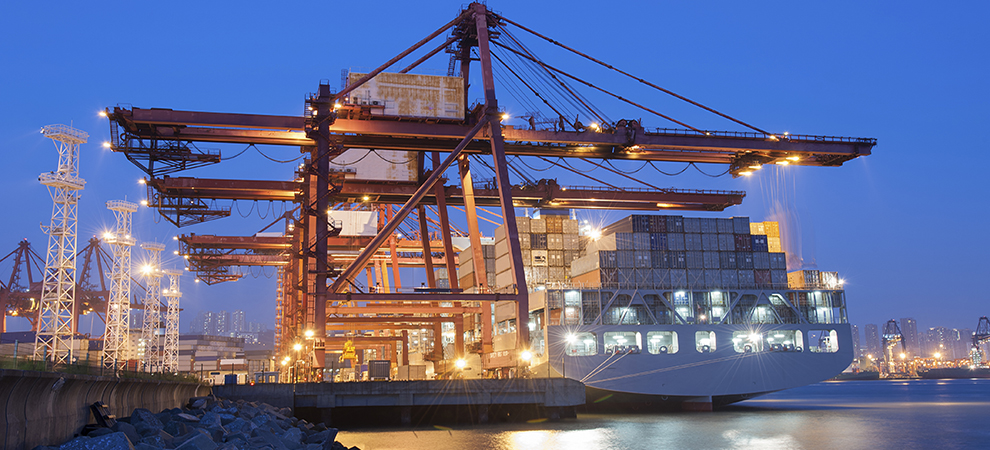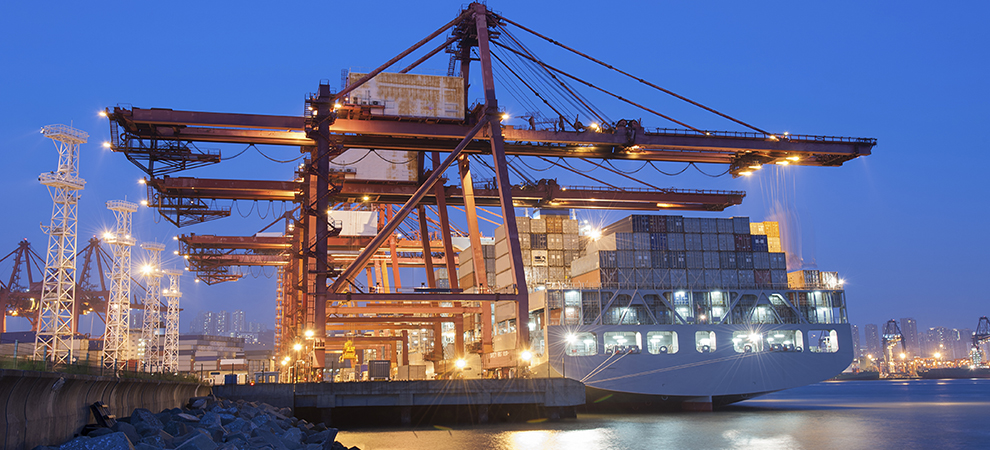
The recent Belt & Road (B&R) Forum for International Cooperation held in Beijing was attended by numerous international leaders and organizations and discussed topics including currency swaps, policy, infrastructure and trade, with the objective of strengthening connectivity between China and related countries.
What does the B&R Initiative mean for the Chinese economy?
Because the B&R is one of the world's biggest regional cooperative platforms, with China and the 64 encompassing countries accounting for 31% of global GDP; 33% of global trade volume; and 62% of the global population, CBRE Research says the B&R is set to have impact on a number of key areas that include:
Rebalancing trade structure: Chinese exports to B&R countries grew by 0.7% y-o-y to $ 3.8 trillion in 2016 and now account for 27.8% of aggregate exports, an increase of 0.9pps. Improving trade and connectivity with B&R countries will help China to manage risks related to trade friction amid growing talk of deglobalisation.
Harmonizing regional economic development: The B&R promotes rail cargo exports from western and inland provinces to Central Asian and Eurasian countries. This will trigger the relocation of manufacturing businesses from coastal areas to western China, bringing with it much needed infrastructure investment.
Reducing overcapacity: New construction contracts with B&R countries totaled $126 billion in 2016, accounting for more than half of all overseas construction contracts signed that year. Poor infrastructure in many B&R countries is an ideal destination for Chinese steel, cement and construction overcapacity
Internationalizing the RMB: To date China has signed currency swap contracts worth more than RMB 3 trillion. Trade, construction and investment in B&R countries are set to be new drivers of RMB internationalization.
What does it mean for China's real estate sector?
Sam Xie, Senior Director, Head of Research for CBRE China expects China's logistics sector, especially that in the mid-west region, to be the main short-term beneficiary of the B&R. New logistics hubs are already emerging as manufacturers relocate and infrastructure is upgraded. New policies introduced in Chengdu and Chongqing has stimulated the expansion of logistics facilities in bonded warehouse zones. These include Taobao's first bonded warehouse for cross-border e-commerce in Xiyong in Chongqing.
In the medium and long term, the B&R is set to redress the economic imbalance between coastal and inland cities by attracting more capital, population and companies to new clusters in central and western areas. As demand grows, the value of commercial and residential property in these regions is likely to increase. Rising trade between China and B&R countries will drive stronger office demand from the e-commerce and financial sectors in the longer run.
On the outbound investment front, while Chinese investors are displaying growing demand for overseas property, CBRE notes that more than half of B&R countries are rated below investment grade, and therefore carry significant risks.
Partner Source : https://shar.es/1R4iQK
World Property Journal.


